After almost a decade of living in and writing about Bordeaux, there are certain things that are subtly but indisputably understood. And perhaps the most important is that the power of the market is sacrosanct. This is a place where the terroir, heritage and savoir-faire of the greatest estates are rewarded by rankings that track both global prices and global recognition.
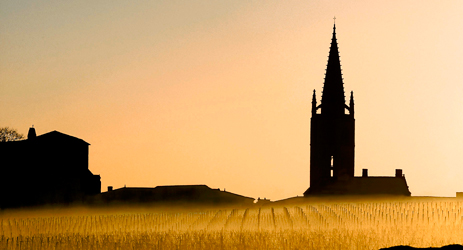
This was true way back in 1855, when the Médoc and Sauternes classification was created, and is still true today with the 10-yearly renewal of the Saint Emilion ranking, the latest example of which was published in September 2012. The systems may have their detractors – form an orderly queue – but it is hard to deny that they reflect a world market which judges wines on not only their taste, but their status.
‘The top wines of Bordeaux are luxury brands,’ says Guillaume Forcade, of market watchers Wine Services. ‘And for luxury brands, visibility is key. Being seen in the right places reinforces a luxury image. In wine, reputation is created in the on-trade, even if volume is sold in the off-trade.’
To test the truth of this assertion, Wine Services put together its own ranking, to coincide with the Saint Emilion 2012 Classification, looking at the presence of the classified Saint Emilion wines in the world’s best restaurants – for the purpose of the study, this meant Michelin-starred, or recipients of certain top awards. The ranking looks at wine lists, taken directly from restaurants in Europe, Asia and the Americas, over the whole of 2012, and ranks the estates on the number of wine list appearances overall, the specific presence in certain ‘icon’ restaurants in leading cities from Shanghai to New York, the number of vintages available in each one, and the average price.
During the classification process, a jury of some of France’s most renowned winemakers, including Marcel Guigal and Robert Drouhin, carried out a blind tasting which represented 40% of the final ‘grade’. But it is fascinating to see that, even without this tasting assessment, there is a clear correlation between presence on the ‘best’ lists, and the positions accorded to chateaux in the 2012 ranking.
So did the newly promoted Premier Grand Cru Classé As – Chateaux Angélus and Pavie, who have just joined the exclusive First Growth Club of nine, and now eleven, estates across Bordeaux’s Right and Left banks – get there partly through smart distribution choices which saw them starring on restaurant lists worldwide?
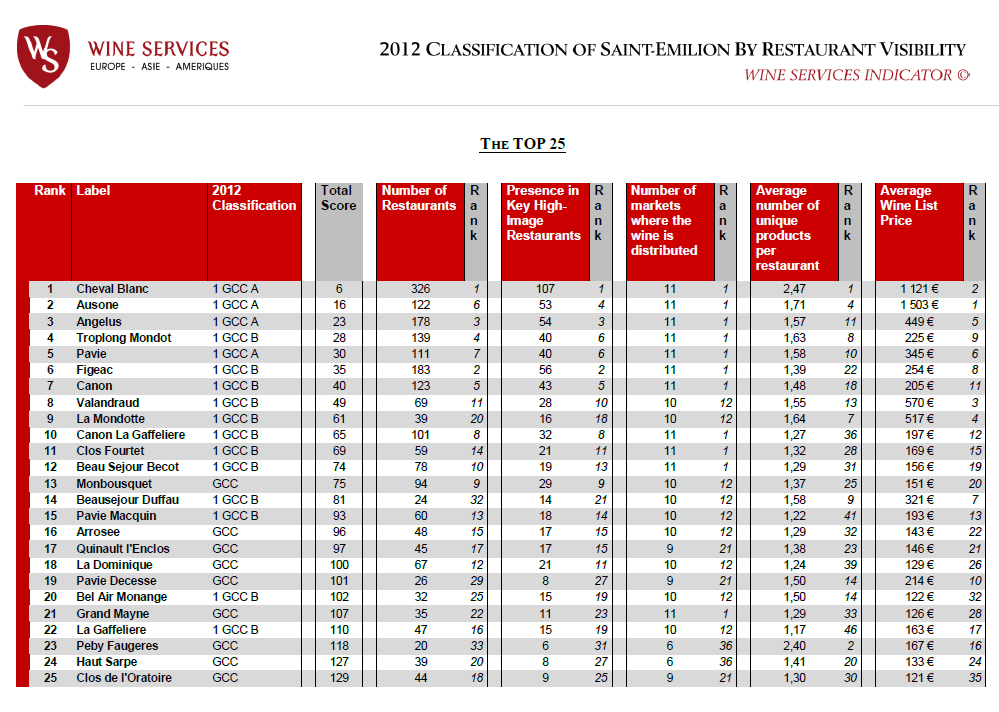
Looking at the figures, it’s clear that chateaux should take effective on-trade presence seriously. The single best distributed Saint Emilion estate across the world’s most exclusive restaurants, for example, is Cheval Blanc, followed by Ausone – both Premier Grand Cru Classé As since the first Saint Emilion ranking in the 1950s. Next up is Angélus. Pavie is top five, but was just beaten to fourth spot by Troplong Mondot (so perhaps a future Premier Grand Cru Classé A?).
At the other end of the scale, a few Premier Grand Cru Classé Bs should be paying attention to their distribution – most notably La Gaffeliere (22), Trottevieille (26) and Larcis Ducasse (31), who were all below the other chateaux at their level of the ranking, and were beaten soundly by two supposedly ‘lower ranked’ estates, Monbusquet (13) and Quinault L’Enclos (17 - interestingly owned respectively by two Premier Grand Cru Classé A owners, Pavie and Cheval Blanc, who clearly understand the distribution game).
Pavie in particular understands the power of a master sommelier, as owner Gérard Perse is also proprietor of two-star Michelin restaurant Hostellerie de Plaisance in Saint Emilion. ‘And just as for chefs, the recognition for us is not the end of the journey, it’s the beginning. If anything, the work gets even harder,’ says Perse’s son-in-law and winemaker at Pavie, Henrique Da Costa.
All of this matters because in new markets throughout history, it has been the adoption of Bordeaux brands by the influential elite that has driven their renown. And as the contraction in prices in the Chinese market continues (the prices of classified wines has fallen by as much as 30% over the past year) ensuring that your brand is still visible in the right places becomes more important than ever.
‘Wine lists are used by sommeliers to underline the status of their restaurants,’ says Forcade. ‘Which is why chateaux need to take them seriously.’
Right now, the new Firsts are savouring the moment. Both talk about the surprise and delight upon opening the letter confirming their promotion, and about the responsibilities that come with joining the First Growth club. Both have major building works underway and are, as de Bouard puts it, ‘raising our game even further.’ But they would do well to ensure that they capitalise on their new status with tastings held in the icon restaurants of the world – and don’t forget to leave behind a couple of bottles for the sommelier.
Click here to read all articles by Jane Anson>>
Translated by Sylvia Wu / 吴嘉溦
All rights reserved by Future plc. No part of this publication may be reproduced, distributed or transmitted in any form or by any means without the prior written permission of Decanter.
Only Official Media Partners (see About us) of DecanterChina.com may republish part of the content from the site without prior permission under strict Terms & Conditions. Contact china@decanter.com to learn about how to become an Official Media Partner of DecanterChina.com.

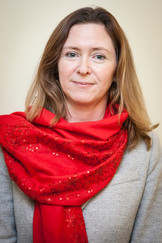
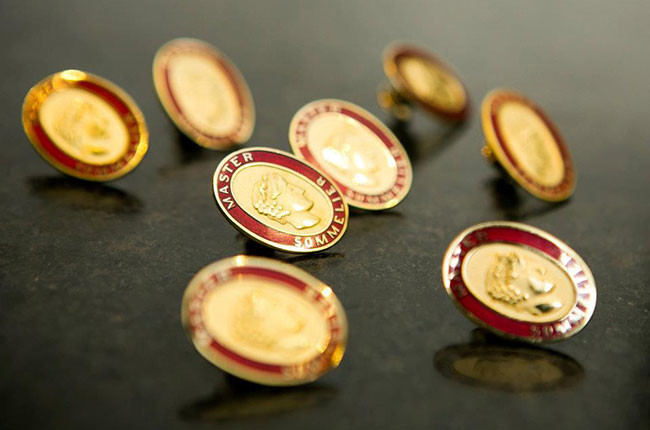
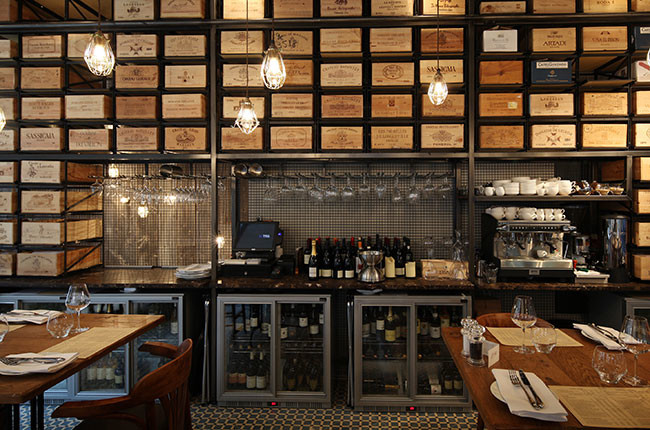
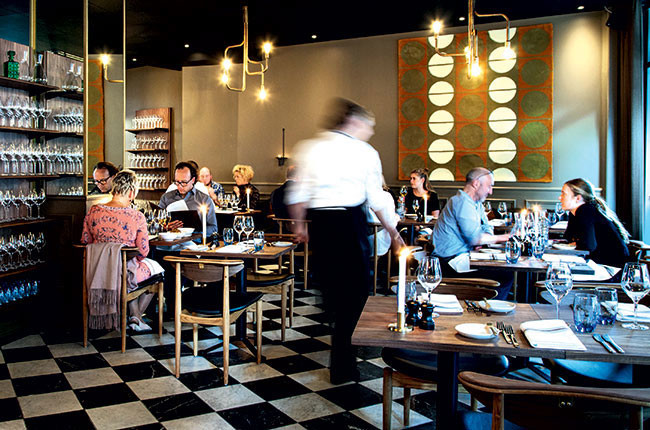
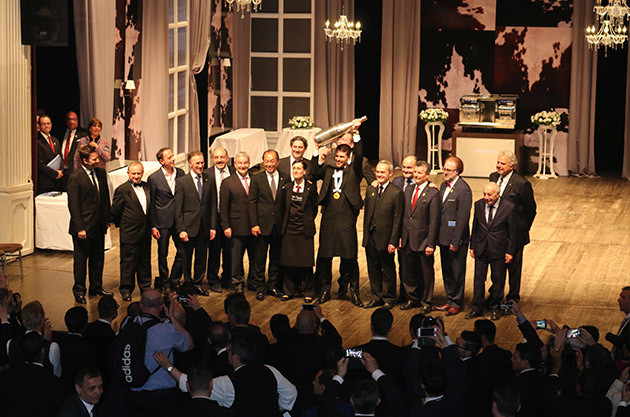
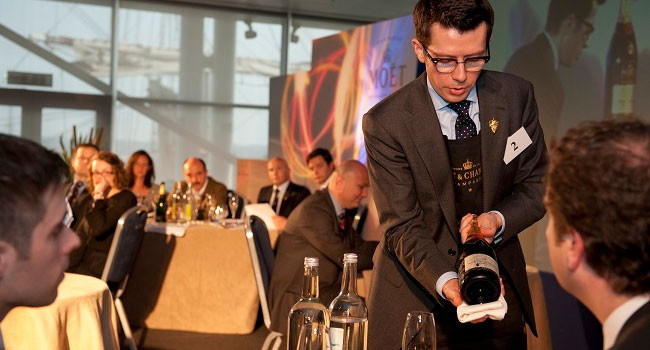
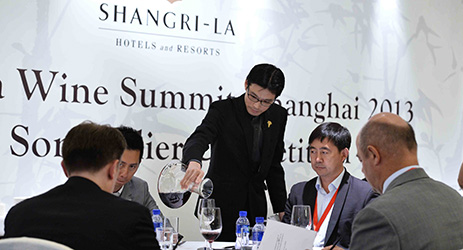
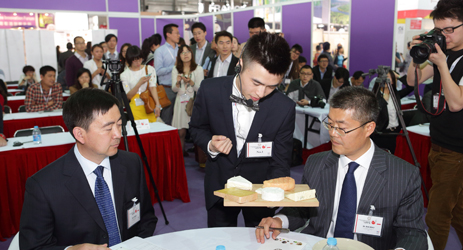
Comments
Submit